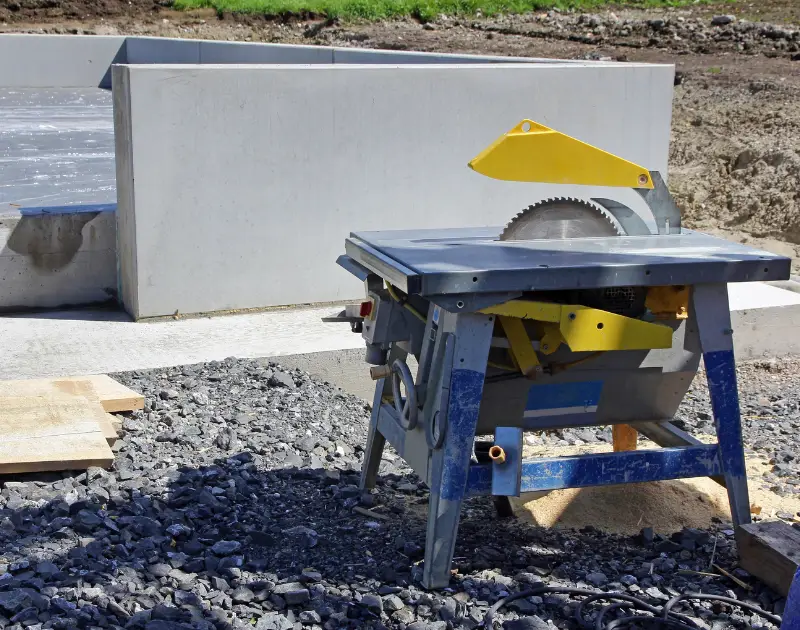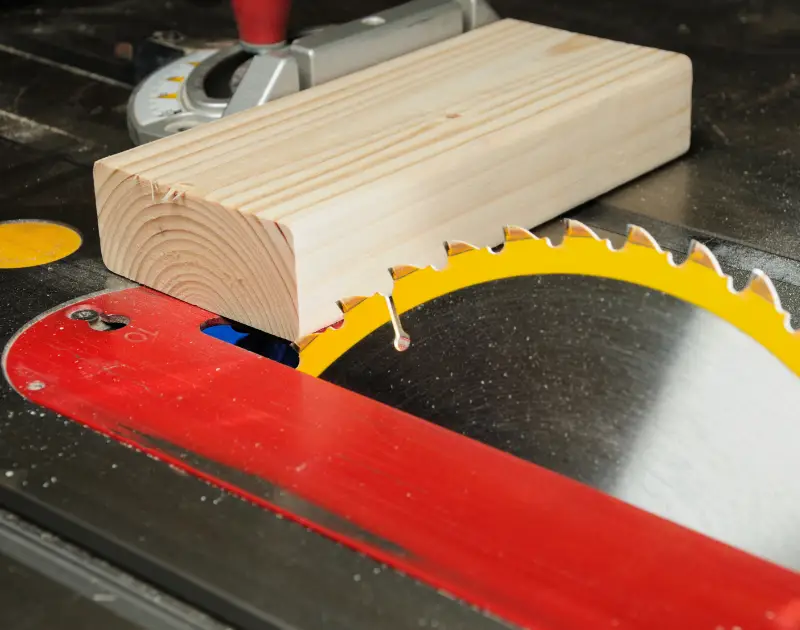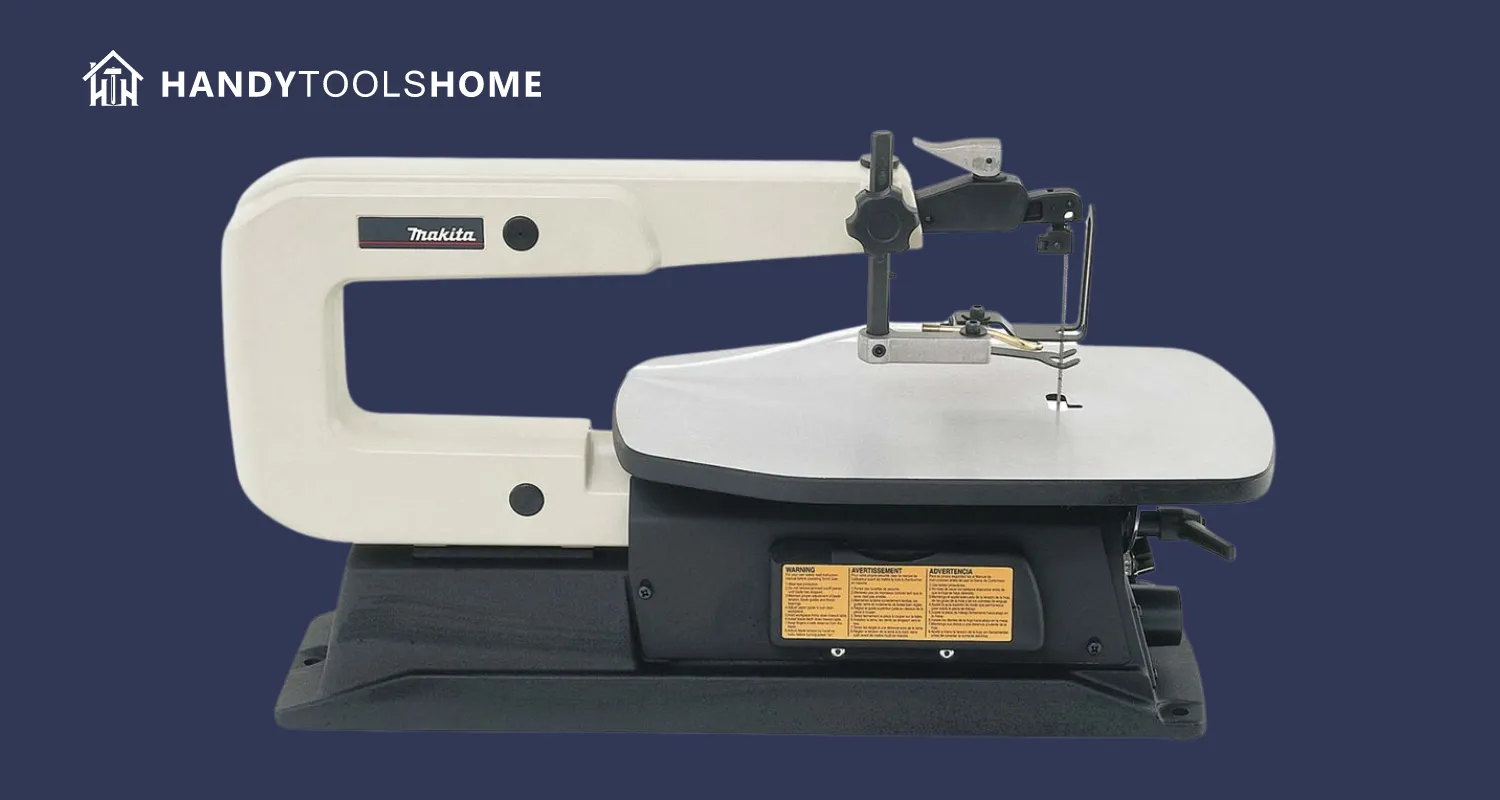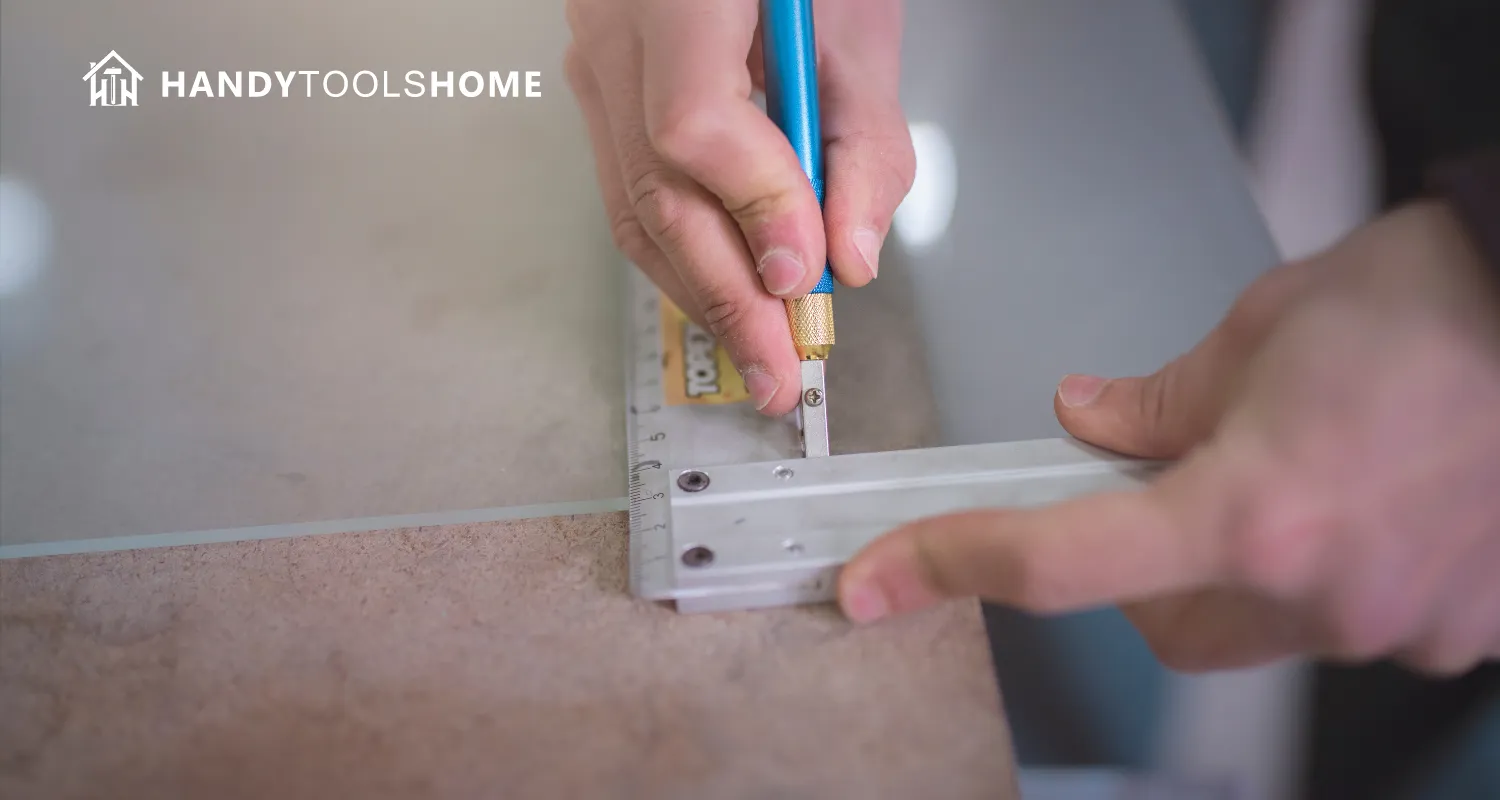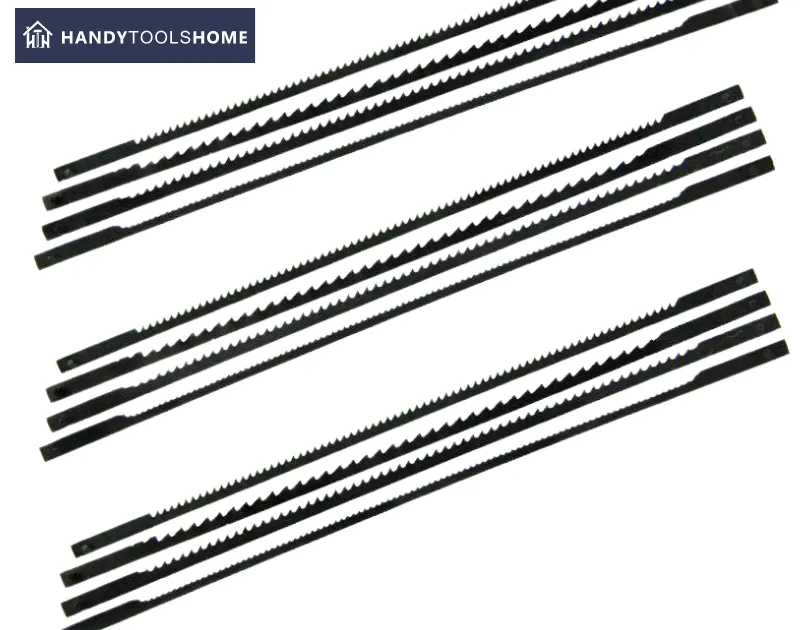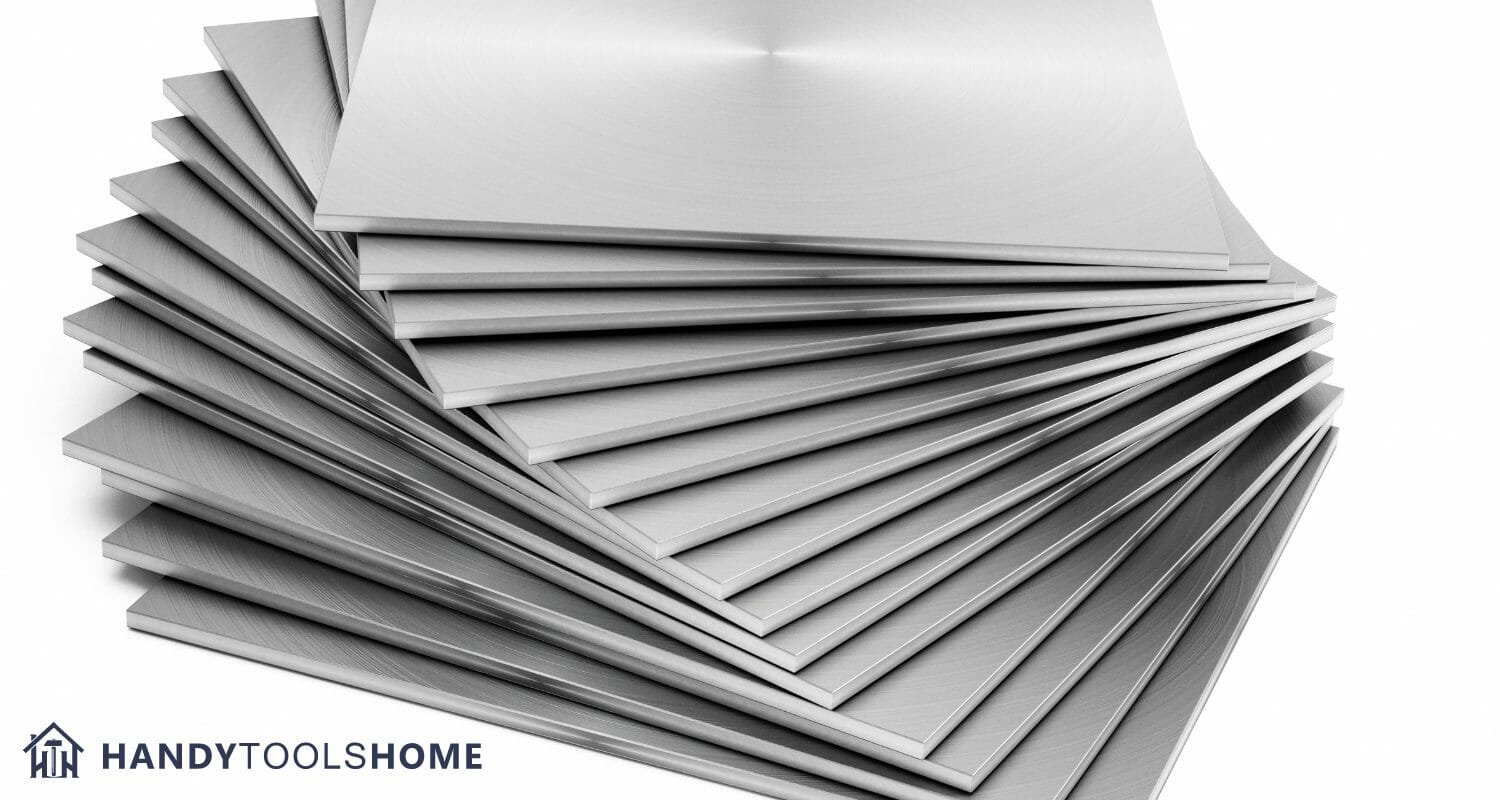Should I Buy a Table Saw Or a Plunge Saw For My Woodwork? (Our Comparison Guide)
For many woodworkers, deciding whether or not you should invest in a plunge saw or a table saw can be a confusing decision to make.
Although both saws have different builds and designs, they can still be used to substitute one another when needed, plunge saws tend to be used more in small compact workshops and for long rip cuts, while table saws are better for repetitive cuts and thick wood.
So to help you figure out if you should be using a table saw or a plunge saw in your woodwork or whether you need to invest in both, we have compared the two types of saws below and gone over how they operate to highlight the differences and similarities.
Let's get into it!
How Does a Plunge Saw Work?
Before we get into comparing both a plunge saw and a table saw, we will go over how each saw works first and what they are used for.
Plunge saws are also known as track saws and operate as electric-powered circular saws with guide rails for you to slide the blade when cutting. The rails on plunge saws then clamp onto the piece of material you are working on to hold it steady for accurate cuts.
Unlike a table saw, a plunge saw operates with its blades facing down away from the user.
To use a plunge saw you simply have to adjust the depth of the saw, hold it along the material then loosen the depth of the knob until the blade goes below the board and retighten.
Make sure your guide rails are right for the best cut then power on the machine.
Uses For a Plunge Saw
A plunge saw or 'track saw' is perfect if you want to be able to make wide rip cuts or long cross-cuts on your own with ease, this could be for cutting long heavy sheets, pieces of plywood and even doors, they don't have a huge job site table so can be used in small spaces too.
Its primary use in woodworking is to cut down longboards of wood or a sheet of plywood into small rectangles and manageable pieces.
How Does a Table Saw Work?
A table saw is an electric-powered saw with the blade located underside the quality table, they are typically designed to be stationary in workshops due to their decent table size and are a very powerful and versatile tool.
To make table saws more accurate they can be fitted with mitre guides on the level table or a rip fence too.
Table saws are pretty easy to operate for beginner woodworkers too and allow you to change the blades according to the sheet of material you are cutting, simply decide on the type of cut and angle you want to make, adjust the rip guide and make the cut.
Uses For a Table Saw
Table saws are typically used for making rip cuts, crosscuts and dado cuts in woodwork, the fixed design means the table saw is great for making repetitive cuts too for a piece of furniture where materials need to be the same size.
Tables Saws Vs Plunge Saws - Which Is The Winner?
Now we know the main differences between a plunge saw and a table saw, let's compare the pros and cons of each type of saw below so as you can see which power tool might be more suited to your style of woodworking.
Table Saws
Table saws are the perfect tool for any beginner woodworker who has ample storage space and wants accurate cuts on sheet goods or wood in general. Since the blade operates with only a one-way mechanism this makes it simple to use and when kitted with a mitre guide or a rigid fence it can improve the accuracy of your work.
Not only are table saws a piece of cake to use they are additionally excellent for repeated cuts as you do not have to reset the position of the blades every time you finish a cut, they also tend to feature dust collection options too so as you can keep your workspace clean.
Drawbacks of table saws in comparison to plunge saws are their large outfeed space needed and huge table size which takes up tons of space in a workshop, so should be avoided in tight spaces.
These table saws are not portable due to their table either and can be argued to be more unsafe than plunge saws as the blade is exposed and material has to be supported otherwise can fly away and cause damage.
Pros
- Great for accurate cutting.
- Easy to operate.
- Excellent for repeated cuts.
Cons
- Not portable.
- Takes up valuable space due to the table.
- Not as safe.
Plunge Saws
Plunge saws are much better than table saws for cutting sheet goods due to their mobility which is only limited by the guide on the device, this allows them to be more portable too.
The adjustable depth on these machines is also easy to use to achieve plunge cuts without uneven edges, they are safer to function too due to the blade being covered.
In addition to better safety, plunge saws likewise to table saws often come with a dust collection feature too for keeping your workshop clean.
Negatives of plunge saws in comparison to table saws have to be the slower cutting process, it takes more time to get set-up for a cut with a plunge saw and can have less accuracy than a table saw, you need to have additions such as foam boards for making long rip cuts too.
Although plunge saws/track saws are great, they also do lack versatility like table saws and can't make as many different types of cuts.
Pros
- Best for cutting sheet materials due to mobile blade.
- Adjustable depth for plunge cutting.
- Safer to use & takes up less space.
Cons
- Lack versatility.
- Takes longer to use.
- Less accuracy.
Conclusion - Which Type Of Saw Is The Best For My Woodworking?
Overall, if you want to work on long sheet goods and have limited space, or you want a safer saw, then a track saw/plunge saw is the better choice over a table saw, however, for people who can accommodate a larger table saw and want more precise cuts, a table saw is the better choice, they also allow you to do more versatile cuts for your woodwork.
Safety Tips For Using a Plunge Saw & Table Saw
Table saws and plunge saws both operate with powerful sharp blades, so you must know how to use one safely in the workshop to avoid any accidents when cutting material.
We have listed our top safety tips below for using both a table saw and a plunge saw.
- Check stock for foreign objects - It is very important to check the wood you are cutting for any nails or knots before passing it through the spinning blade, failure to do so can cause pieces of the material to fly off and cause damage.
- Use a push stick (table saw) - On a table saw to avoid getting your hands too close to the blade it is a great idea to use a push stick to help move the material through the blade, never have your hands more than six inches close to the blade.
- Disconnect power before you change the blade - Always make sure the tool is powered off before changing the blade to avoid accidental start-up.
- Keep the area clean - Your work area should be free of stock and you should clean sawdust when needed too, this is better for health.
- Wear safety protection - When operating these machines make sure you are wearing goggles and hearing protection if needed.
Frequently Asked Questions About Table Saws Vs Plunge Saws
How much does a table saw cost?
Typically, a table saw costs between £100-£300 depending on the power and size of the table saw that you buy.
What type of table saws are there?
There are many different types of table saws on the market ranging between; benchtop table saws, jobsite table saws, contractor table saws and more.
How do I use a table saw safely?
Table saws are a little more unsafe than some other saws due to the blade being exposed and it pulling the material towards you during cutting. You should always be using outfeed stands when needed to stop material from flying off the table saw and wear personal protective equipment too.
Always use a fence on your saw to guide your stock rather than your own hands.
Which type of saw is better for repeated cuts?
For repeated cuts, a table saw is much easier and accurate as you do not have to reset the blade position every time you cut through the material. Aligning the fence on table saws is much easier than setting a guide on a plunge saw too so is quicker to operate and make cuts with.
For cutting thick pieces of woodwork which type of saw is more durable?
Table saws do house more power than plunge saws do so are the better choice for dealing with thicker pieces of wood while plunge saws are more suited for longer sheets.
Last Words
Overall, both a plunge saw and a table saw are great woodworking tools to have, we recommend opting for a plunge saw if you are tight on space and want to cut large sheets of materials or a table saw if you are looking for a more versatile machine with higher accuracy.
